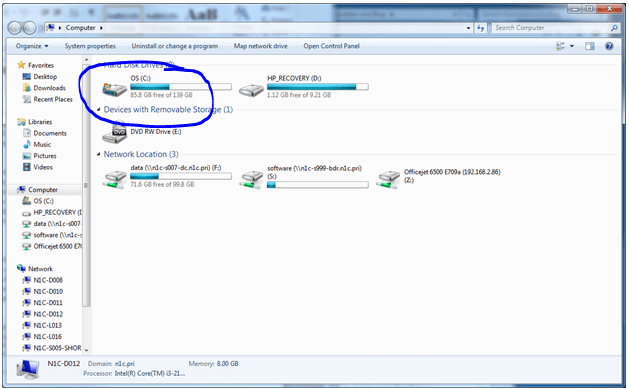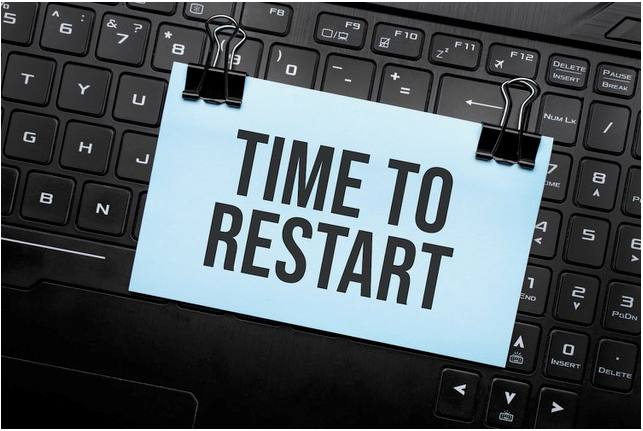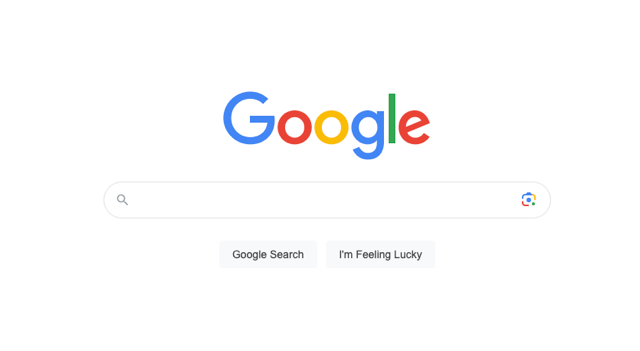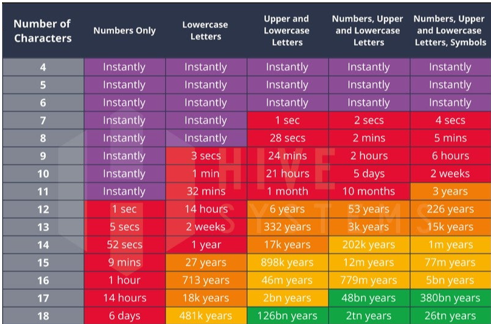by David Gracey
Although all of our clients are Atlanta-based businesses, I’m going to talk today about something that is important to everyone: protecting the data on your home computer. In the business world we have specialized staff and advanced data protection solutions that keep companies up and running. But for someone’s home computer, protecting one’s important electronic files and photos is left up to the individual.
The home computer has become the storage vault for family photos, important spreadsheets and electronic documents which are valuable for mostly sentimental reasons. Because of the rising popularity of home video equipment and digital cameras, the home computer is now the central repository for important family events and milestones. If the computer were to be destroyed in a fire or other disaster, or (more likely) the computer were to crash, this valuable information could be gone forever. The good news is there are several inexpensive and easy ways in which to protect your data.
The first step in getting a good data backup solution in place is to determine how much data you need protected. A quick way to do this is to look at the amount of used space on your hard drive. This method shows ALL things stored on your computer, including program files which don’t need to be backed up, so it’s greatly overestimated. But this gets you a pretty good idea of how much is being used. If you know where all of your data is stored, you can drill down to the subfolders to determine how much is being stored. Photos generally represent the vast majority of the amount of data because pictures take up a lot of storage space. If you can find where your photos are stored, you’ve got a pretty accurate assessment of your data size.
In the picture below, I’ve used about 55GB of space on my hard drive. Get to this screen by clicking on the “Computer” icon on your desktop or click START > COMPUTER.

There are several ways in which to backup important data. Here are the two most popular:
Manual backup: This method of backup relies on a physical device and is fairly inexpensive to implement. It involves going to a retail store such as Best Buy or Office Depot and purchasing a USB flash drive or external hard drive. The capacity of the drive should be determined by the amount of data that needs to be backed up. Flash drives are more expensive on a “per gigabyte” basis, but they are smaller and now have enough capacity to handle some of the smaller document libraries. Once you’ve purchased the proper size drive, you need to copy your files to it using Windows Explorer. It’s easy and quick, assuming you know where all of your data is stored. Make sure you take your drive offsite for storage so if a fire destroys your house, it doesn’t take the backup device with it. Every few months, run the manual copy again so you ensure your data is fairly current. Restoring files is very quick with a flash drive.
Online service: There are several online data backup services, which call themselves “cloud solutions” due to the popularity of this marketing term. The two most popular are Mozy.com and Carbonite.com. Both work in very similar manners and are priced competitively. With these solutions, you first open an account with the service, select your payment method and then download a small program that runs on your computer. After an easy installation, it scans your computer for photos, documents and other data files and marks them for backup. Then it begins copying the data to the offsite vault, which can take up to a week, depending on the speed of your Internet connection. Once it is setup, the program automatically backs up any new files added to your local hard drive. The cost of the service is around $60 per year. Recovering all of your data can take several days with this solution.
I’ve used the Carbonite backup solution for about 2 years now and it works great. It also saved me time when I purchased a new computer and moved all my photos over to it.






